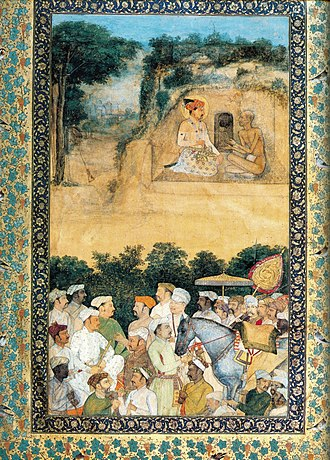
It was days after the end of the 1971 war on the eastern front that signaled the birth of the new nation of Bangladesh from erstwhile East Pakistan/East Bengal. Close to a year of military crackdown had left the land in a mess (1/n)
Although the Bangladesh govt. in exile had flown in from Calcutta after the surrender of West Pakistan forces, temporarily Dhaka had been placed under military administration with Lt. Gen. Sagat Singh as the administrator (2/n)
The newly born country and the people were in desperate need of relief materials. But one big challenge was arranging landing of incoming flights. During the two weeks of the war, the IAF had extensively bombed Tezgaon airport (3/n)
The runway was filled with craters, some of them 50 feet in width and 10 feet in width. It was impossible for large cargo aircrafts to land there. On 25th December, a major planeload of relief was due to fly in from the Dutch govt. (4/n)
With barely days left, it was an insurmountable challenge. Lt Gen Sagat Singh entrusted the work to Brig. Jagdev Singh, the head of engineering for his Corps (4 Corps) - to get the airport ready by Dec 25th (5/n)
Brig. Sharif, the chief engineer of Pakistan Army Eastern Command and his staff was asked to assist Brig Jagdev. The Pakistani engineer was not hopeful. Efforts by his team during the war to repair the runways had been unsuccessful (6/n)
Brig. Jagdev was not ready to give up. Together with his Pakistani counterpart, he met a local civilian engineer. The latter explained that heavy earth-moving equipment was at hand but there were hardly any trained operators (7/n)
Brig. Jagdev requisitioned staff from the Sappers of Indian Army on urgent basis to operate the machines. Local Bengali laborers were raised to do the heavy lifting. Work began in real earnest (8/n)
By close of 24th December, the Tezgaon runway had been repaired and was ready to use. In a perfect Christmas gift, the Dhaka airport was declared open for operation on Christmas Day, 1971, just in time for the Dutch plane (9/n)
Combined Indian, Pakistani & Bangladeshi efforts had scripted a near miracle, completing a herculean task in barely a week and ensured much needed succor reached a population desperately in need of it (10/n)
Thanks & Acknowledgements: Eagles over Bangladesh, PVS Jagan Mohan and Samir Chopra
10 feet in *depth*
• • •
Missing some Tweet in this thread? You can try to
force a refresh










